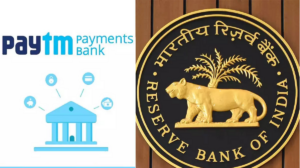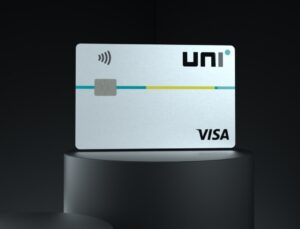The Unified Payments Interface (UPI) has transformed the digital payment landscape in India, providing seamless, real-time transactions across multiple bank accounts. Developed by the National Payments Corporation of India (NPCI) and launched in 2016, UPI has rapidly become one of the most preferred payment methods in the country, processing billions of transactions every month. Its efficiency, security, and interoperability have positioned it as a global benchmark in digital payments.
Transaction Processing Capability of UPI
UPI operates as an instant payment system that enables peer-to-peer (P2P) and person-to-merchant (P2M) transactions. It is designed to handle high transaction volumes efficiently while ensuring security and reliability. Here’s a breakdown of its transaction processing capabilities:
1. High-Speed, Real-Time Transactions
UPI operates on an Immediate Payment Service (IMPS) infrastructure, enabling real-time fund transfers 24/7. Unlike traditional banking methods, which may involve delays, UPI transactions are processed within seconds, making it highly efficient for everyday payments.
2. Scalability and Volume Handling
UPI has demonstrated immense scalability, processing over 14 billion transactions in a single month (as of December 2023). The platform is designed to accommodate increasing transaction loads without compromising efficiency. Its robust infrastructure allows it to scale in response to the growing adoption of digital payments.
3. Security and Fraud Prevention
UPI transactions are secured through two-factor authentication (2FA), incorporating the user’s mobile number, UPI PIN, and device binding. Additionally, NPCI continuously implements advanced fraud detection mechanisms, AI-based risk assessment, and dynamic transaction monitoring to prevent unauthorized access.
4. Interoperability Across Banks and Platforms
Unlike traditional banking methods that require specific apps or services, UPI provides interoperability, allowing users to link multiple bank accounts and conduct transactions using any UPI-enabled application. This feature enhances its processing capability by making it accessible to a wide range of users.
5. Cost-Effective and Efficient Processing
UPI transactions are processed at minimal or zero cost to users, unlike card-based payments, which often involve merchant discount rates (MDR). The absence of processing fees has led to widespread adoption, particularly among small businesses and merchants.
6. AI and Automation for Transaction Optimization
To ensure smooth processing, UPI leverages artificial intelligence (AI) and automation to manage congestion, optimize routing of transactions, and reduce failures. The system intelligently redirects transactions through multiple channels to avoid downtime.
Global Expansion and Future Potential
Given its success in India, UPI’s model is being explored for adoption in other countries. Nations such as Singapore, the UAE, and Bhutan have integrated UPI-based solutions for cross-border transactions, enhancing global financial connectivity. As digital payments evolve, UPI’s transaction processing capability is expected to expand further, incorporating blockchain technology, enhanced security protocols, and AI-driven analytics to optimize transactions.
Conclusion
The Unified Payments Interface (UPI) has revolutionized transaction processing with its speed, scalability, security, and cost-effectiveness. As it continues to evolve, UPI is set to further redefine digital payments, making seamless financial transactions accessible to millions across the globe.



